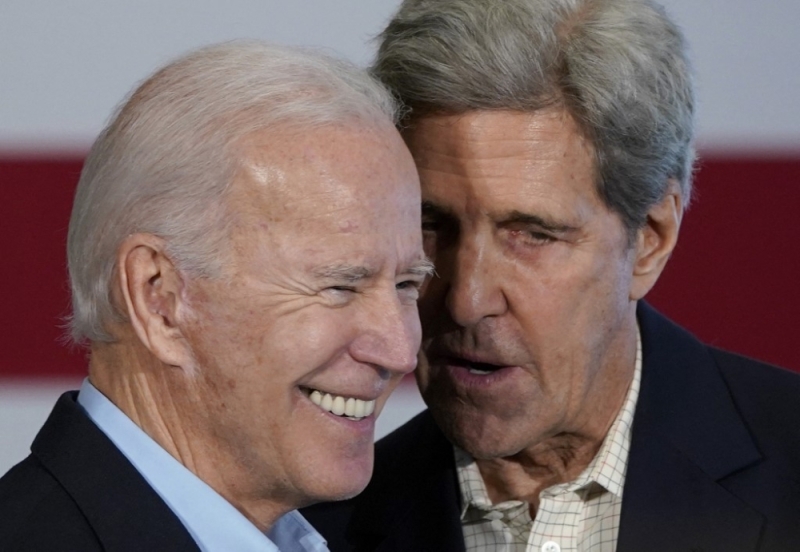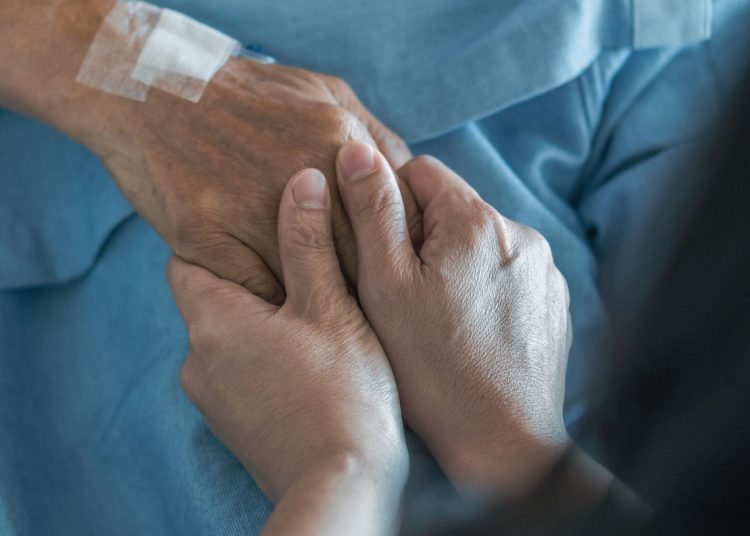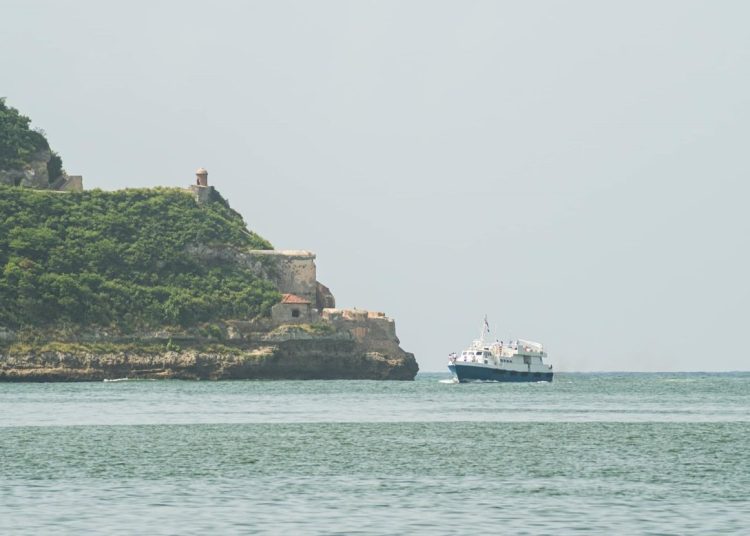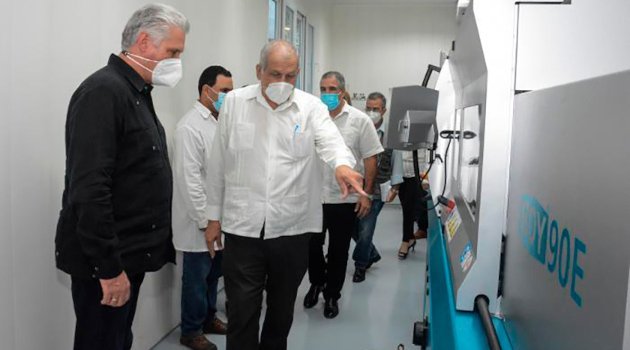
Democratic presidential candidate former US Vice president Joe Biden (left) campaigns with former Democratic presidential candidate John Kerry on December 6, 2019 in Cedar Rapids, Iowa. US climate envoy John Kerry, a key player in the Biden administration’s push to tackle climate change, will step down to work on the president’s reelection bid, media reported. — AFP pic
Sunday, 14 Jan 2024
WASHINGTON, Jan 14 — US climate envoy John Kerry, a key player in the Biden administration’s push to tackle climate change, will step down to work on the president’s reelection bid, media reported yesterday.
The former secretary of state and senator has spent the last three years liaising with other countries to up commitments on climate change, including at the most recent COP28 UN climate summit in Dubai.
Kerry, 80, intends to help Joe Biden’s campaign by publicising the president’s work in combatting global warming, according to multiple US media outlets citing officials familiar with the situation.
Kerry informed Biden of his intentions to leave on Wednesday, and his staff learned of the decision on Saturday, those officials said.
ADVERTISEMENT
Apart from leading the US delegation at three UN climate summits, Kerry worked effectively with China despite complicated diplomatic relations. Together, the countries are the world’s two largest polluters, accounting for 41 per cent of greenhouse gas emissions.
In a rare display of unity, the United States and China helped carry the COP28 December climate summit in Dubai, where negotiators sealed a historic although watered-down agreement to begin to transition away from oil, gas and coal.
Kerry had welcomed his Chinese counterpart Xie Zhenhua a month earlier in California, where the two countries agreed on outlines of climate action that partly served as a basis for the nearly 200-nation Dubai deal.
News of Kerry’s stepping down comes one day after Xie retired on health grounds.
One of Biden’s first moves in office after his inauguration on January 20, 2021 was to rejoin the Paris climate agreement, which former president Donald Trump had exited.
Under the 2015 UN deal countries committed to limiting the Earth’s warming to “well below” 2 degrees Celsius and preferably to the safer 1.5C threshold.
That said, the year of 2023 was the hottest on record, with the increase in Earth’s surface temperature nearly crossing the critical 1.5C threshold, according to EU climate monitors.
Kerry, himself a onetime Democratic presidential nominee, will step down sometime in the coming months, according to Axios, which first reported the news.
The White House and Kerry’s office did not immediately respond to a request for comment from AFP.
US climate envoy John Kerry will leave the administration later this winter, and plans to help President Joe Biden's election campaign, Axios reported on Saturday.
Kerry, a US former secretary of state, informed his staff earlier on Saturday after speaking with Biden earlier this week, a spokesman for Kerry told Reuters.
Axios first reported on Saturday that Kerry, 80, will leave the administration later this winter, and plans to help Biden's campaign.
Kerry was instrumental is helping to broker the 2015 Paris Climate Agreement, as well as the UAE Consensus that calls for the transition away from fossil fuels reached in December at COP28 in Dubai.
US climate envoy John Kerry to leave Biden administration
John Kerry, the US special envoy on climate, is stepping down from the Biden administration in the coming weeks, sources said.
Mr Kerry, a long-serving senator and secretary of state, was brought in shortly after Joe Biden’s election win in 2020 to take on the new role created specifically to fight climate change on behalf of the administration on the global stage.
Mr Kerry’s departure plans were first reported on Saturday by Axios.
He was one of the leading drafters of the 2015 Paris climate accords and came into the role with significant experience abroad, as secretary of state during the Obama administration and from nearly three decades as a member of the US senate foreign relations committee.
Mr Biden’s decision to seek Mr Kerry for the post was seen as a signal the incoming American leader would make good on his campaign pledge to battle climate change in a more forceful and visible manner than in previous administrations.
“The climate crisis is a universal threat to humankind and we all have a responsibility to deal with it as rapidly as we can,” Mr Kerry said in a visit to Beijing last summer, when he met Chinese vice president Han Zheng on climate matters.









